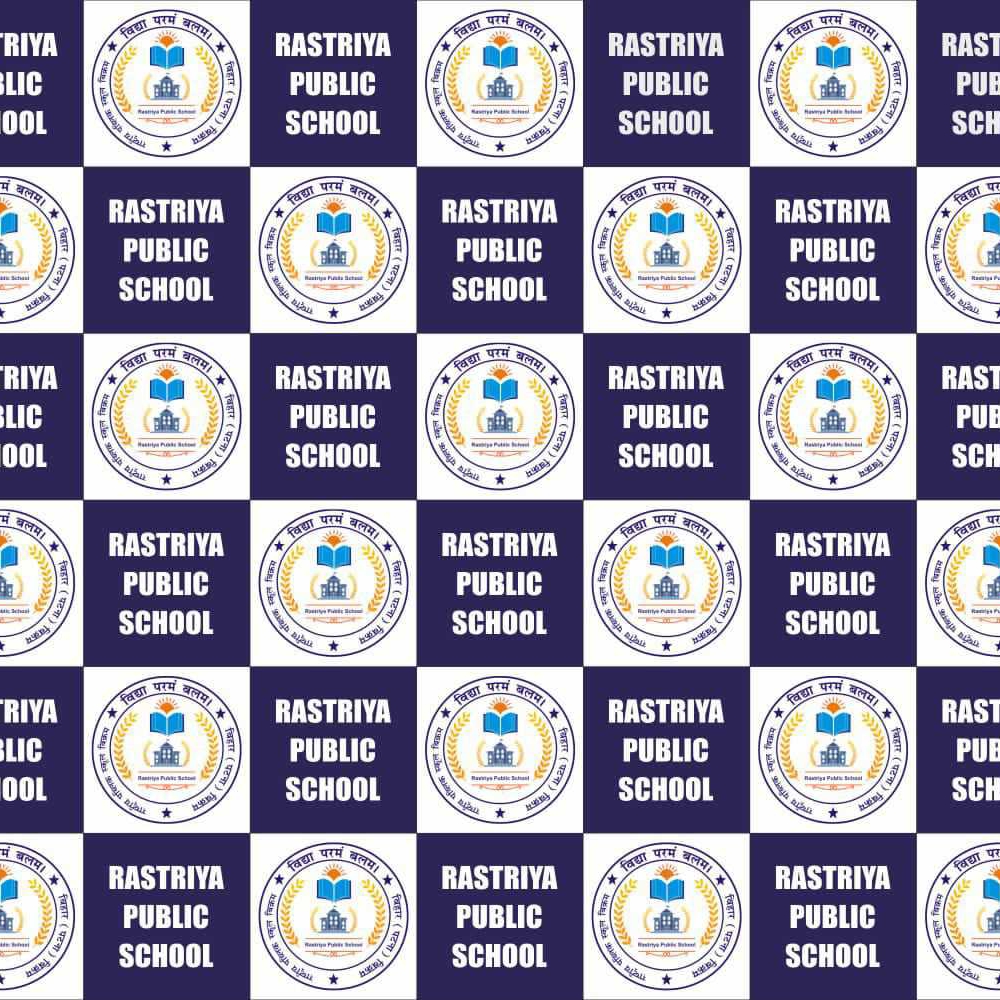Question 1 :
The rational number between the pair of number $\dfrac{1}{2}$ and $\sqrt 1$ is:
Question 2 :
Name the property of rational numbers illustrated by the given statement. $\displaystyle\frac{7}{4}\times \left(\displaystyle\frac{-8}{3}+\frac{-13}{12}\right)=\frac{7}{4}\times \frac{-8}{3}+\frac{7}{4}\times \frac{-13}{12}$.
Question 5 :
State TRUE or FALSEThe three rational number between $\dfrac{1}{3}$ and $\dfrac{1}{2}$ are $\displaystyle\frac{9}{24},\frac{10}{24},\frac{11}{24}$.
Question 8 :
The rational number lying exactly in between the numbers $\displaystyle \frac { 1 }{ 5 } $ and $\displaystyle \frac { 1 }{ 3 } $ is
Question 10 :
State true or false:<br/>Ten rational numbers between $\dfrac{3}{5}$ and $\dfrac {3}{4}$ are <br/>$\displaystyle\frac{97}{160},\frac{98}{160},\frac{99}{160},\frac{100}{160},\frac{101}{160},\frac{102}{160},\frac{103}{160},\frac{104}{160},\frac{105}{160},\frac{106}{160}$<br/>
Question 13 :
If $x$ be any integer different from zero and $m$ be any integers then $x^{-m}$ is equal to
Question 14 :
The value of $\dfrac {3}{5} \times \dfrac {35}{24} + \dfrac {10}{1}\times \dfrac {3}{5} $ is
Question 15 :
An illustration of the associative law for multiplication is given by
Question 18 :
Find the value of $x$ in $\dfrac {4}{3} \times \left [x + \dfrac {1}{13} \right ] = \dfrac {4}{3}\times \dfrac {8}{11} + \dfrac {4}{3}\times \dfrac {1}{13}.$
Question 19 :
Closure property is satisfied in whole numbers w.r.t. to ......... and ......... .
Question 20 :
Write the multiplicative inverse of each of the following rational numbers:<br/>$7$; $-11$; $\displaystyle\frac{2}{5}$; $\displaystyle\frac{-7}{15}$
Question 21 :
Simplify using associative property :<br/>$\dfrac {7}{16} \times \left (\dfrac {-24}{49} \times \dfrac {28}{15}\right )$
Question 22 :
Choose the rational number which does not lie between rational numbers $ \displaystyle \frac{3}{5} $ and $ \displaystyle \frac{2}{3} $ :
Question 23 :
A computer is programmed to add $3$ to the number $N$, multiply the result by $3$, subtract $3$, and divide this result by $3$. The computer answer will be
Question 24 :
For any two real number, an operation defined by $a* b= 1 +ab$ is.<br/>























